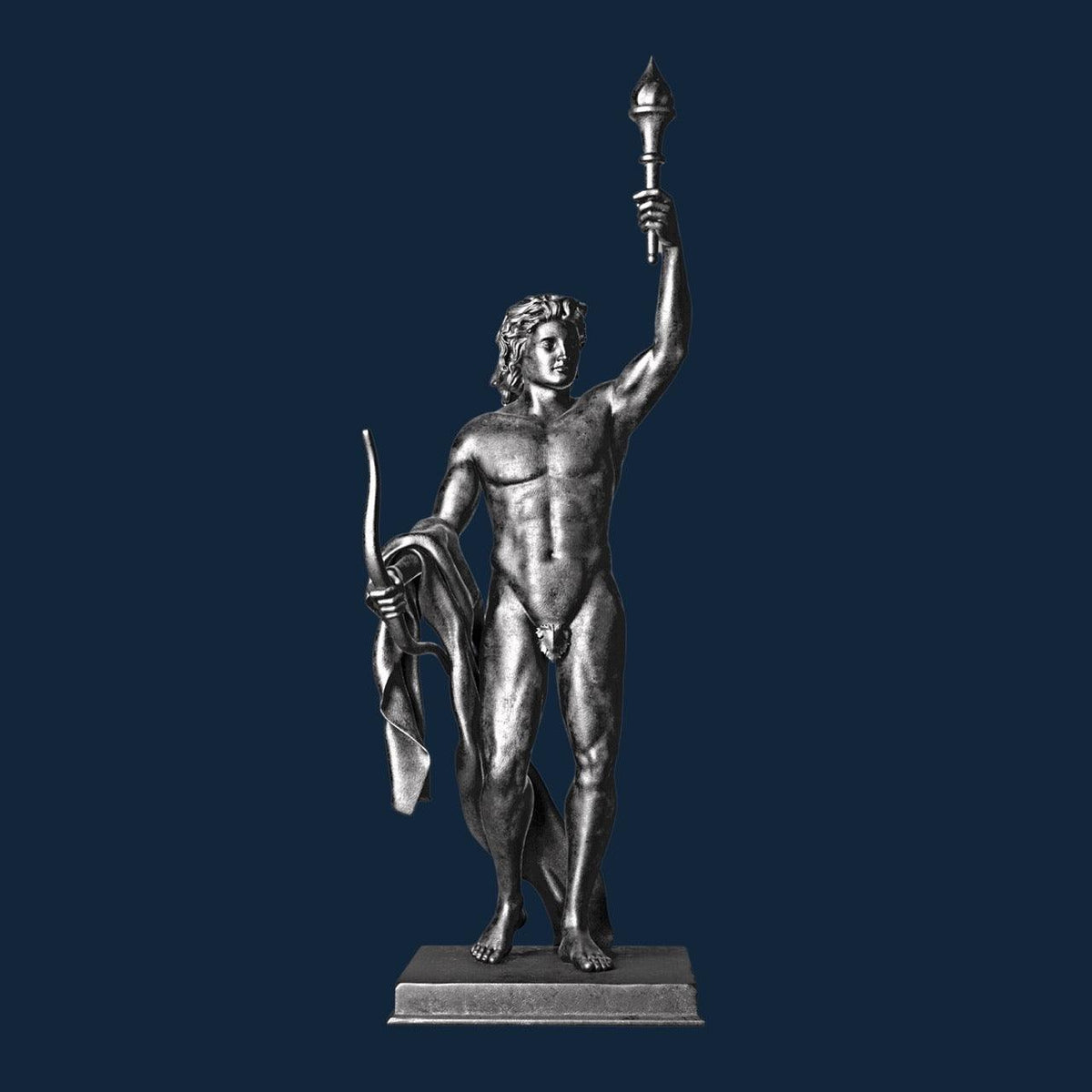The Origins of The Helios Greek God
Jun 27, 22

The Origins of The Helios Greek God - How He Came to Be, What He Means Today
The ancient Greeks recognised a massive number of deities. The vast majority of these gods existed in Greek mythology, but some also had a more concrete existence. One such Greek god was Helios.
The name Helios literally means ‘the Sun’. He was the personification of the sun and one of the earliest Greek gods. While he originated from an earlier civilisation, his worship started to grow when Greece began to form as its own independent nation.
In this article, we will explore how he came to be, what he means today, and even where you can see representations of him in real life!
How the Helios Greek God Came to Be
The Helios Greek god was derived from a much earlier culture. His origins lie in the Minoan culture of Crete, which was a highly advanced, centralised civilisation that existed from about 2000 BC to 1400 BC.
The Minoans were skilled at making beautiful ceramics, which are still in use today. This is why the Helios god is often depicted with a pot of gold or a clay bowl, as a symbol of his wealth.
The Minoans were also great astronomers. They were able to predict the seasons, and one of the most important dates for them was the summer solstice when the days would be the longest. In the centre of the Minoan sun temple, the Helios god was shown sitting on a throne with an arch in front of him.
This arch represented the path of the sun, so the Minoans could learn when it would appear over the horizon.
What Helios Means Today
While the Helios Greek god was originally a personification of the sun, this doesn’t seem to have been the case in early times. In fact, the earliest depictions of him just show him as a man.
This could be because the Minoans were gender-neutral and didn’t differentiate between people with a gender. Later on, however, the Helios god became associated with the sun in a different way.
His popularity grew as the ancient Greeks became more interested in astrology and numerology. As the Greeks started to believe that the movements of the planets and stars had an impact on the world around them, they sought to give these gods a personification.
Where to See Representation of Helios in Real Life
One of the best ways to see the Helios god in real life is to visit the island of Crete. The Greek capital of Nicosia and the surrounding area are full of interesting Minoan ruins, and this is a great place to see his presence.
You can also visit the Temple of Knossos in Heraklion, the modern capital of the island. This temple was used in the Minoan times, and the ruins of the old Greek city are also a great place to see the Helios god in action.
Why is the Helios Greek God Important?
When the Minoans started to worship the Helios god, he was not just a god of the sun. He was also a god of the sky and the planets. This meant that he was a more abstract personification of what the Greeks would later call ‘astrology’.
The Greeks would later become more obsessed with astrology and the belief in the importance of the movements of the stars and planets. This was partly because they were becoming more technologically advanced, and also because they believed that the world was becoming more ‘civilised’.
The Helios Greek god was important as a symbol of the Greeks’ belief that the movements of the planets and stars influenced the world around them. The Helios god brought wealth and prosperity, health and happiness, and life and death.
The Helios Greek god was also an important symbol of life in the ancient world. He was depicted as young and healthy, walking around in a bright red robe, and wearing a golden crown. This was to show that life was long and full of happiness.
Conclusion
The Helios Greek god was an important symbol of the ancient Greeks, who sought to give a personification to the movements of the planets and stars. Today, many cultures worship the sun, and it is considered a powerful symbol in many religions.
The Helios Greek god was also an important symbol in the ancient world, representing life and happiness. The Helios god was depicted as a young, healthy man walking around in a bright red robe and wearing a golden crown. This was to show that life was long and full of happiness.





